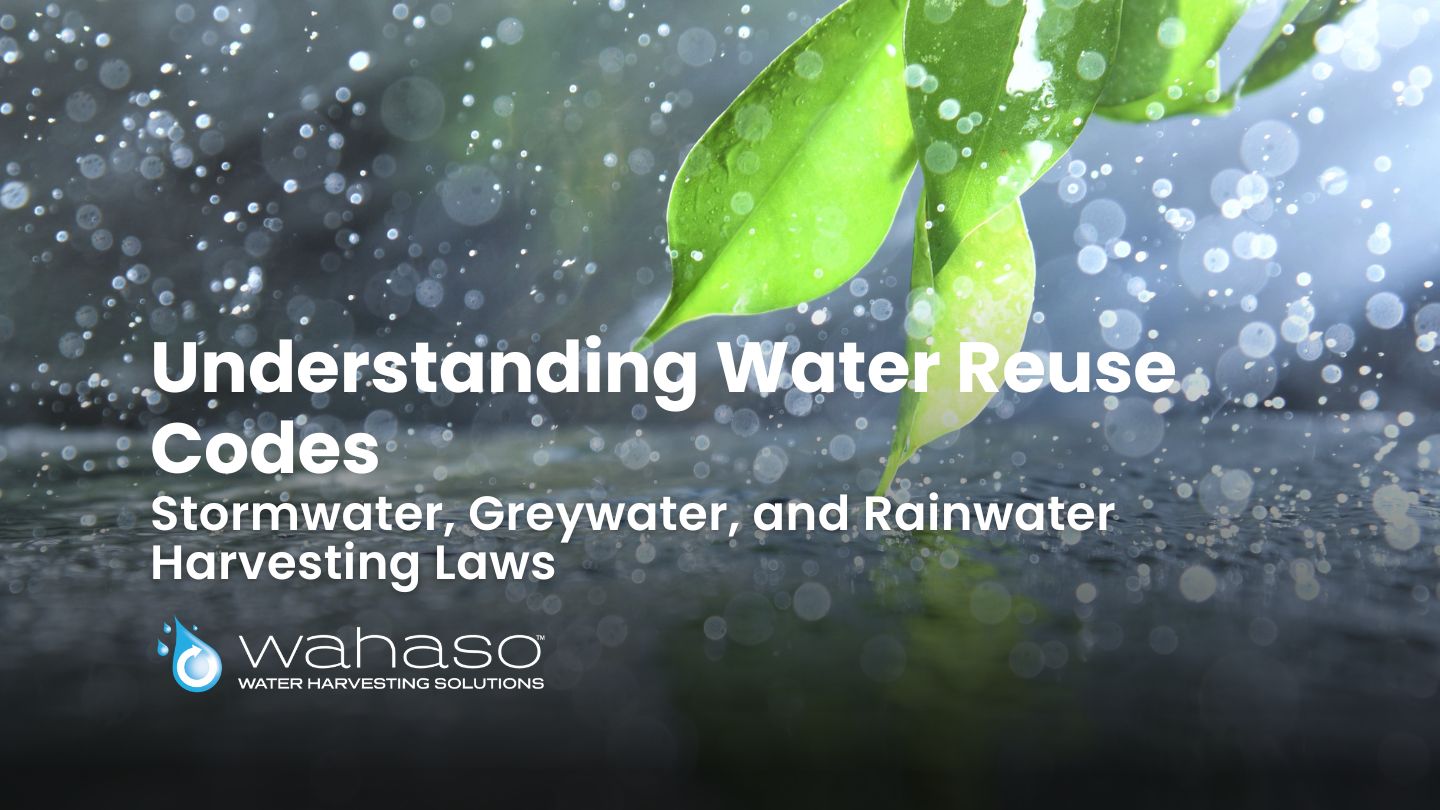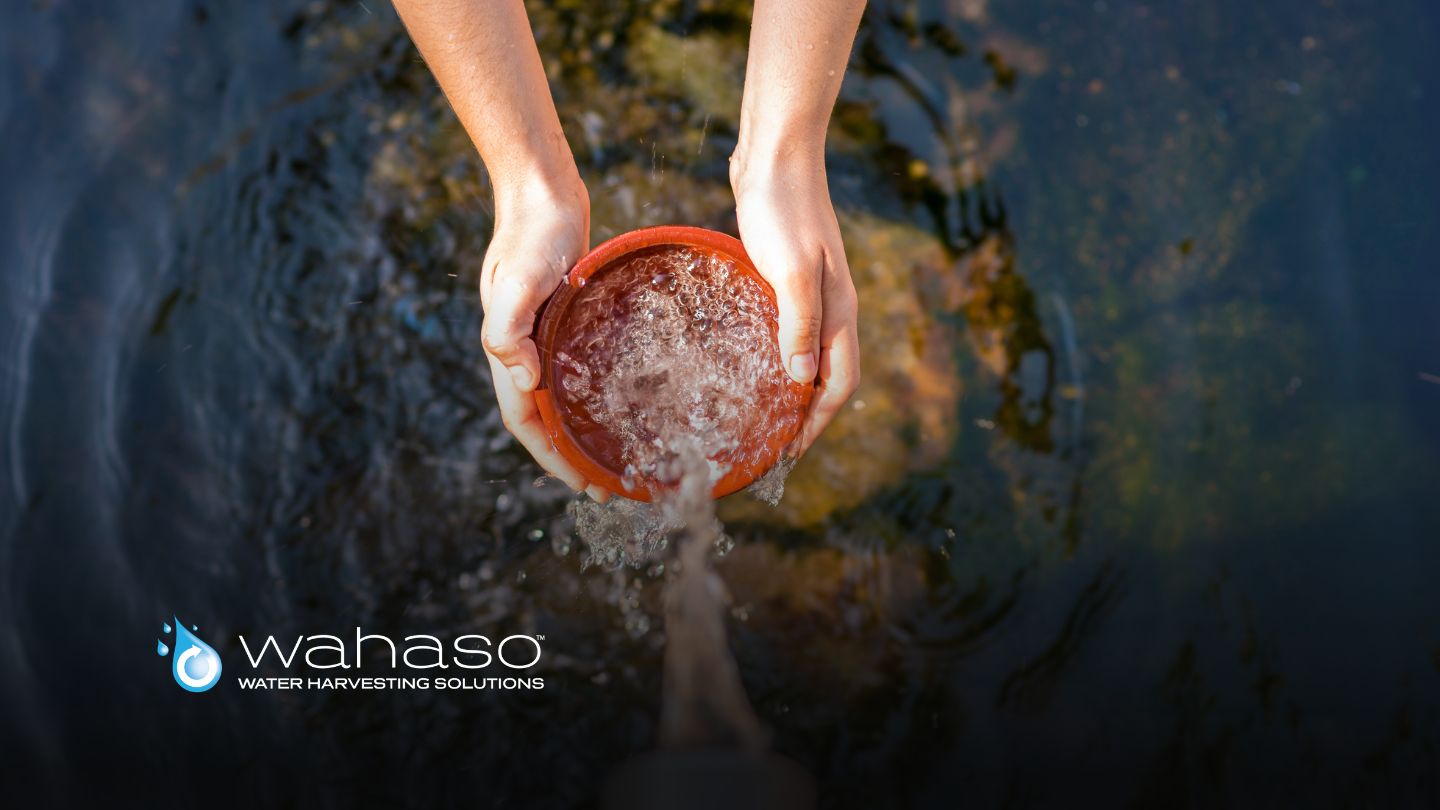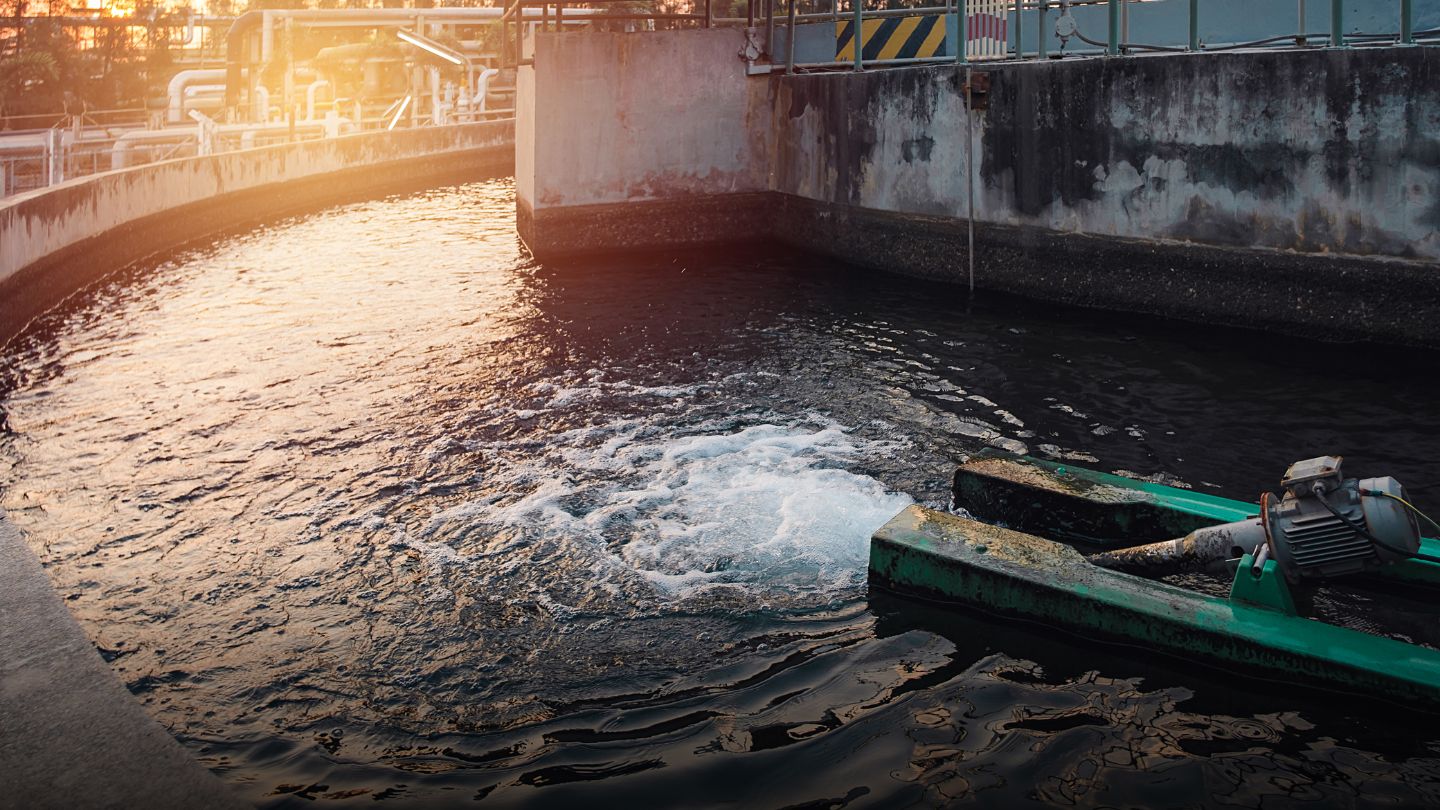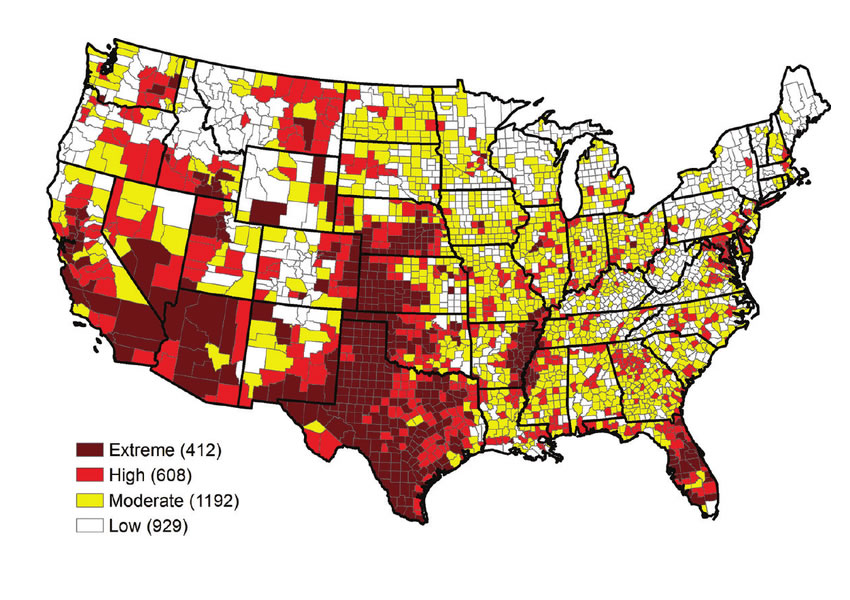Understanding Water Reuse Codes: Stormwater, Greywater, and Rainwater Harvesting Laws
The regulatory backbone (how most places frame onsite reuse)
Most jurisdictions anchor onsite harvesting/reuse to their plumbing code, public health rules, and any local non-potable programs. In the U.S., that often means the International/State Plumbing Code (e.g., NYC PC §1303 for rainwater systems) plus the local public health authority’s cross-connection and treatment requirements. Some cities (e.g., San Francisco) run dedicated Onsite Non-Potable Water (ONWS) programs with performance targets and permits. American Legal PublishingSF Public Utilities Commission
Backflow protection: Air gap vs. RPZ (what’s the difference?)
- Air Gap (AG): A physical separation between the potable supply and a receiving vessel. It’s the highest level of backflow protection but can be impractical in some designs. NYC
- Reduced Pressure Zone (RPZ/RP): A testable device that provides high hazard protection where an air gap isn’t feasible (except to protect sewer). Many cities treat RPZ as the next best option after an air gap. Austin Texas+1
NYC’s Cross-Connection Control Program and rules list AG, RPZ, and DCV devices and when they’re acceptable, including installation clearances and discharge air gaps for RPZ relief valves. NYC+1American Legal Publishing
Spray vs. subsurface irrigation: why treatment differs
Spray irrigation creates aerosols and human contact potential, so agencies usually require higher disinfection/filtration (e.g., California’s “disinfected tertiary” recycled water criteria with coliform limits, filtration, and use-area setbacks). Subsurface drip has lower exposure risk, so criteria can be less stringent and setbacks smaller—though local rules vary. San Francisco’s and California’s guidance illustrate these differences and setback logic. California Water BoardLegal Information InstituteSF Public Utilities Commission
Local snapshots
Austin, TX
- Backflow: Austin Water documents define AG as best protection; RPZ is approved for all hazards when an air gap is impractical (sewer excepted). Design often lands on RPZ for building-scale non-potable loops. Austin Texas+1
- Rainwater/Reuse context: Texas actively supports rainwater harvesting; statewide guidance from the Texas Water Development Board is commonly referenced in design. Texas Water Development Board
New York City
- Plumbing code: NYC PC §1303 governs non-potable rainwater collection, treatment, and conveyance (tie-ins to DEP and DOHMH rules). American Legal Publishing
- Backflow: NYC DEP rules and handbook specify approved devices (AG, RPZ, DCV) and installation criteria (clearances, discharge air gaps). NYC+1
Los Angeles, CA
- Code basis: LA follows the California Plumbing Code (see CPC Chapter 17 for non-potable rainwater systems), with LADBS plan-check details. Greywater Action LADBS
- Public health & irrigation: LA County Public Health references California Title 22 recycled water standards (e.g., tertiary quality for spray irrigation), which designers often use as a benchmark for onsite non-potable uses. Public Health Los Angeles County California Water Board
San Francisco, CA
- Program: The SFPUC Onsite Water Reuse Program requires permits via the Department of Public Health, with defined treatment performance targets and O&M/monitoring. The program allows rainwater and stormwater as sources for toilet flushing, irrigation, cooling towers, etc. SF Public Utilities Commission+1
- Performance framework: San Francisco pioneered model ONWS rules using log-reduction targets by pathogen class (a risk-based approach now informing statewide actions). SF Public Utilities Commission
Toronto, ON (Canada)
- Backflow: Toronto’s Water Supply By-law mandates backflow devices for ICI (and large residential) properties. City of Toronto
- Design standards: Ontario references CSA B128 series for non-potable systems; provincial guidance notes treatment must meet public-health standards for the intended use. csagroup.orgsustainabletechnologies.ca
Arizona (statewide) + Tucson example
- State framework: Arizona’s ADEQ reclaimed water rules set classes/requirements for reclaimed water; while “harvested rainwater” often falls outside reclaimed definitions, local jurisdictions may impose building/health requirements for onsite non-potable use. ADEQUS EPA
- Local ordinance: Tucson requires 50% of commercial landscape demand to be met with harvested rainwater—driving storage and distribution design on many projects. American Legal Publishing City of Tucson
- State resources: ADWR and Cooperative Extension publish rainwater design manuals and guidance frequently used by practitioners. Arizona Department of Water ResourcesUA Cooperative Extension
What this means for specific end uses
Cooling tower make-up:
- Commonly allowed with onsite sources (rain/stormwater) after filtration and robust disinfection; controls for scaling/corrosion are part of the tower’s chemistry program. San Francisco explicitly supports this use under its ONWS program. SF Public Utilities Commission
Irrigation (spray vs. subsurface):
- Spray: Typically requires tertiary-level treatment and setback management (California Title 22 criteria are a widely used reference point even outside potable-recycled programs). California Water Board Legal Information Institute
- Subsurface drip: Lower exposure risk; some authorities accept less stringent disinfection/monitoring than spray, but confirm locally (Toronto/Ontario defer to public health + CSA B128; SF uses risk-based performance targets). sustainabletechnologies.ca SF Public Utilities Commission
Toilet/urinal flushing:
- Generally permitted with disinfection and cross-connection controls (NYC PC §1303, SF ONWS). Backflow protection is mandatory (often RPZ at the service + point-of-use safeguards). American Legal Publishing SF Public Utilities Commission
Practical compliance checklist (applies in most jurisdictions)
- Source + Use definition: Identify source (rain/stormwater/condensate/greywater) and end uses (toilets, irrigation, cooling). This dictates treatment and monitoring. watereuse.org
- Treatment performance: Align with local code or program targets (e.g., Title 22 tertiary for spray, risk-based LRTs for ONWS like SF). California Water Board SF Public Utilities Commission
- Cross-connection control: Choose air gap where feasible; otherwise RPZ per the authority having jurisdiction; plan for testing and certification. NYC Austin Texas
- Permits/oversight: Coordinate early with the local public health and building departments (e.g., SF DPH, NYC DEP/DOHMH, LA County Public Health). SF Public Utilities Commission American Legal Publishing Public Health Los Angeles County
- Use-area constraints: For irrigation, confirm setbacks and signage rules; for cooling towers, confirm chemistry and discharge compliance. Legal Information Institute
← SWIPE LEFT & RIGHT ON MOBILE →
| Jurisdiction | Allowed Sources | Common Uses | Backflow Requirement | Treatment Standard | Permit Authority / Reference |
| Austin, TX | Rainwater, AC condensate (greywater separately regulated) | Toilet flushing, irrigation, cooling towers | Air Gap preferred, RPZ acceptable for high-hazard (sewer excluded) | Must meet potable substitute standard for intended use | Austin Water – Backflow Requirements |
| New York City, NY | Rainwater (PC §1303), cooling tower blowdown in some cases | Toilet flushing, irrigation | DEP requires AG, RPZ, or DCV (RPZ common) | Disinfection + filtration per NYC Plumbing Code | NYC DEP – Cross-Connection Handbook |
| Los Angeles, CA | Rainwater, stormwater, greywater | Irrigation, toilet flushing | CPC requires AG or RPZ | California Title 22 tertiary for spray irrigation; disinfection required for toilet use | LADBS – Rainwater System Guidelines |
| San Francisco, CA | Rainwater, stormwater, greywater, foundation drainage, blackwater (with approval) | Toilet flushing, irrigation, cooling towers, process water | AG preferred, RPZ allowed where AG impractical | Log-reduction targets (10⁴ viruses, 10⁶ bacteria, 10² protozoa) under ONWS program | SFPUC – Onsite Water Reuse Program |
| Toronto, ON (Canada) | Rainwater, greywater (CSA B128 standard) | Toilet flushing, irrigation | Backflow devices mandatory (AG/RPZ) | Must meet public-health stds; CSA B128-13 for rainwater harvesting | Toronto Water – Backflow Program |
| Arizona (Statewide) | Rainwater, reclaimed water under ADEQ rules | Irrigation, toilet flushing (jurisdiction-specific) | Varies – RPZ generally accepted | ADEQ classes A–E; Tucson requires 50% commercial irrigation demand met by harvested rainwater | Tucson – Commercial Rainwater Harvesting Ordinance |
Key Notes (for above)
Backflow: Most jurisdictions prefer an air gap, but allow RPZ where impractical (RPZ must be tested/certified).
Spray irrigation almost always requires tertiary/disinfected quality (to control pathogens in aerosols). Subsurface drip may have reduced requirements.
San Francisco’s ONWS program is the most advanced, setting log-reduction pathogen performance targets instead of prescriptive treatment methods.
Toronto/Ontario follow CSA B128 for rainwater harvesting design and treatment.
Arizona/Tucson has one of the most aggressive ordinances, mandating harvested rainwater for half of commercial irrigation demand.
Sources (primary guidance & code references)
- NYC – NYC Plumbing Code §1303 (rainwater systems); DEP Cross-Connection Control Program Handbook; DEP Rules §20-04 (approved devices). American Legal Publishing+1NYC+1
- Los Angeles – CA Plumbing Code Ch. 17 (non-potable rainwater systems); LADBS plan-check correction sheet; LA County Public Health alternate water source guidelines (Title 22 tertiary for spray). Greywater ActionLADBSPublic Health Los Angeles County
- San Francisco – SFPUC Onsite Water Reuse Program page and Guidebook; Model ONWS rules/log-reduction framework. SF Public Utilities Commission+2SF Public Utilities Commission+2
- Toronto/Ontario – City of Toronto Backflow Prevention Program; Ontario Rainwater Harvesting Guidelines; CSA B128 references. City of Toronto sustainable technologies.cacsagroup.org
- Austin – Austin Water backflow protection requirements; Utilities Criteria Manual (air gap vs. RPZ). Austin Texas+1
- Arizona – ADEQ reclaimed water rules; EPA summary of Arizona reuse; ADWR/Extension rainwater manuals; Tucson 50% landscape rainwater ordinance. ADEQUS EPAArizona Department of Water ResourcesUA Cooperative Extension American Legal Publishing
- Treatment & irrigation benchmarks – California Title 22 recycled water criteria and use-area requirements. California Water Board Legal Information Institute
- General ONWS – National/industry guidance for onsite non-potable systems (WateReuse/Pankow manuals).
Contact Information
Alex A.
Manager
info@wahaso.com
800-580-5350
Wahaso Water Harvesting Solutions work with Civil Engineers.
Please call us at 800-580-5350 or click the link for a free quote. Free Estimate.
Since 2004
Wahaso Mission
Our mission at Wahaso is to help municipalities and commercial property owners reduce the impact of their buildings on the environment through innovative and sustainable water practices.






